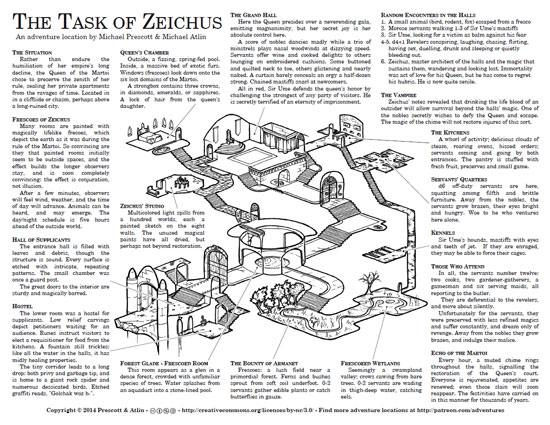One the best ways to slow down mapping is doing research to make sure the map is accurate relative to some pre-existing source material. It's no accident that most of us armchair cartographers draw a map of our dungeons and then stock them - that's way easier than writing a description of a large dungeon and then trying to produce an accurate map of it.
But tied for second place in terms of taking a lot of time is fiddling around with a 3D orientation, trying to make a complex, overlapping object comprehensible.
(An astute patron pointed out that I missed map #3 in my series - Tannoch the fifth map, but it's numbered 06. That's because map #3 fell victim to both of these problems at the same time and I couldn't get the map done. When I level up I'll tackle it again.)
Q*Bert Topology
What makes 3D maps hard is when you need to show something that's behind something else. If you're drawing the map first, why not simply avoid this entirely? A topology where nothing overlaps is one where everything is equidistant from the viewer, which, in an isometric map, corresponds roughly to looking down at a staircase at a 45-degree angle. Q*Bert!(For the young ones in the crowd, this isn't a sticker, but was once state-of-the-art arcade fun.) As you can see, in the Q*Bert topology, nothing overlaps, so you can get a lovely sense of the map being 3D, with lots of interesting elevation changes, without the inconvenience of trying to render overlapping.
Here's my best example of this, the map from the next adventure, "The Coming of Sorg":
As you can see, this follows the Q*Bert topology very closely:
If all the maps looked like this, it would of course get very dull. But it's a useful topology to keep in your back pocket for those Sunday afternoon noodling-around-with-graph-paper sessions!




